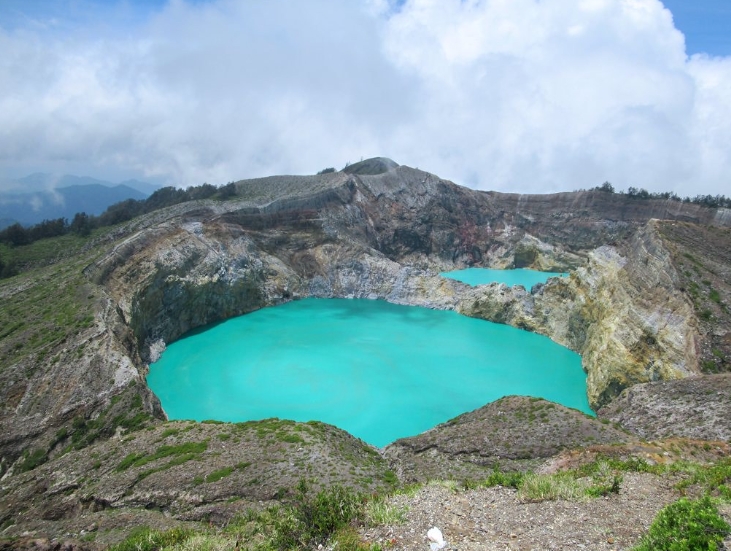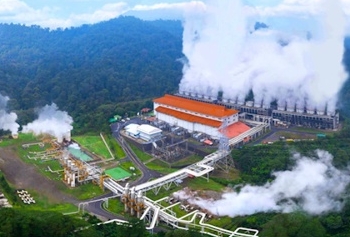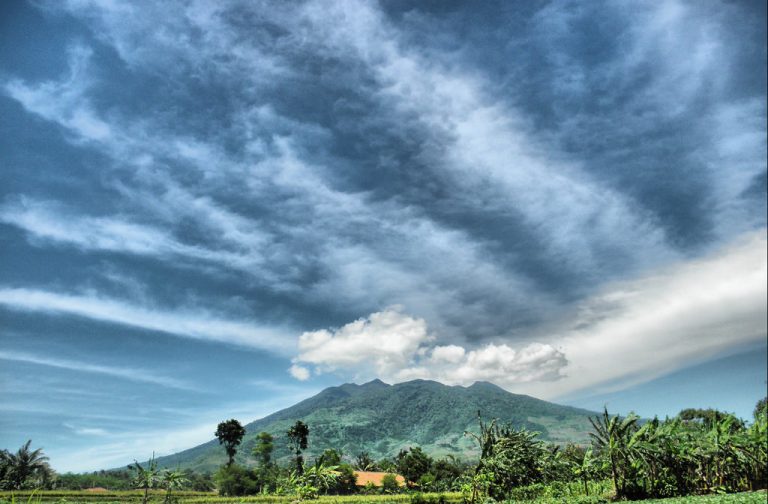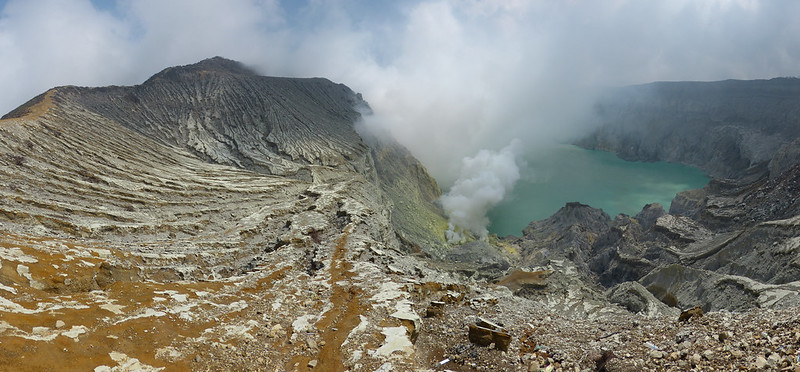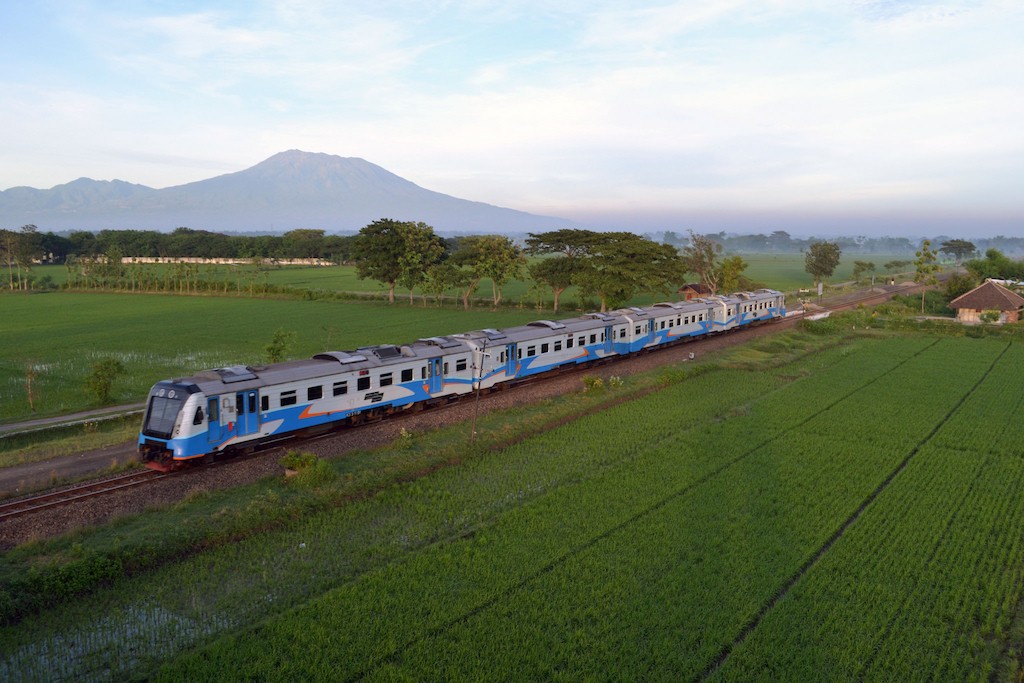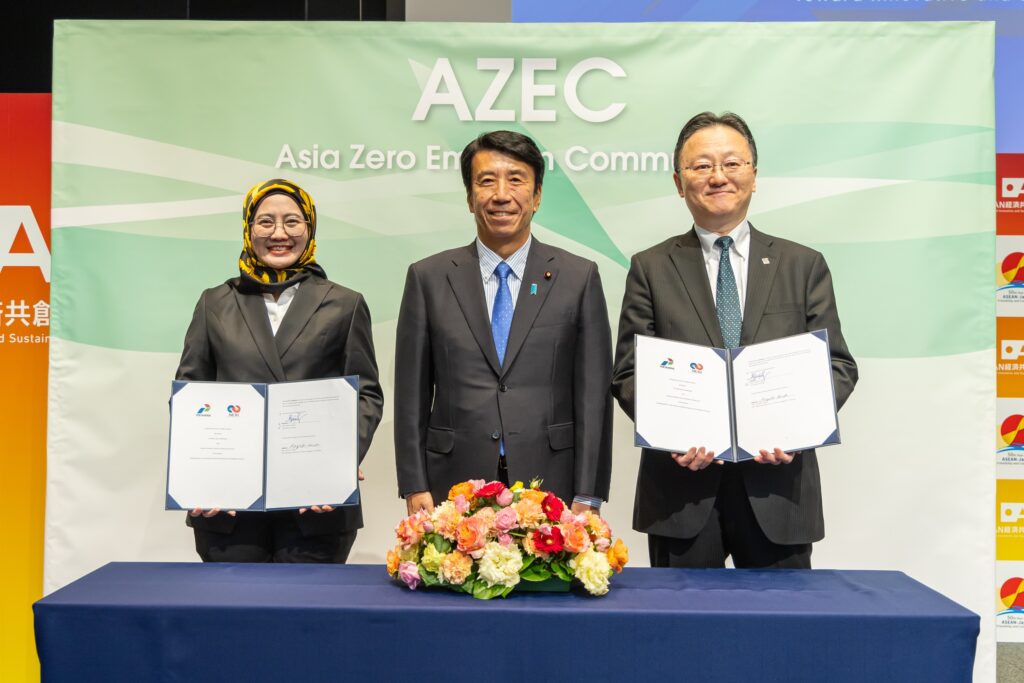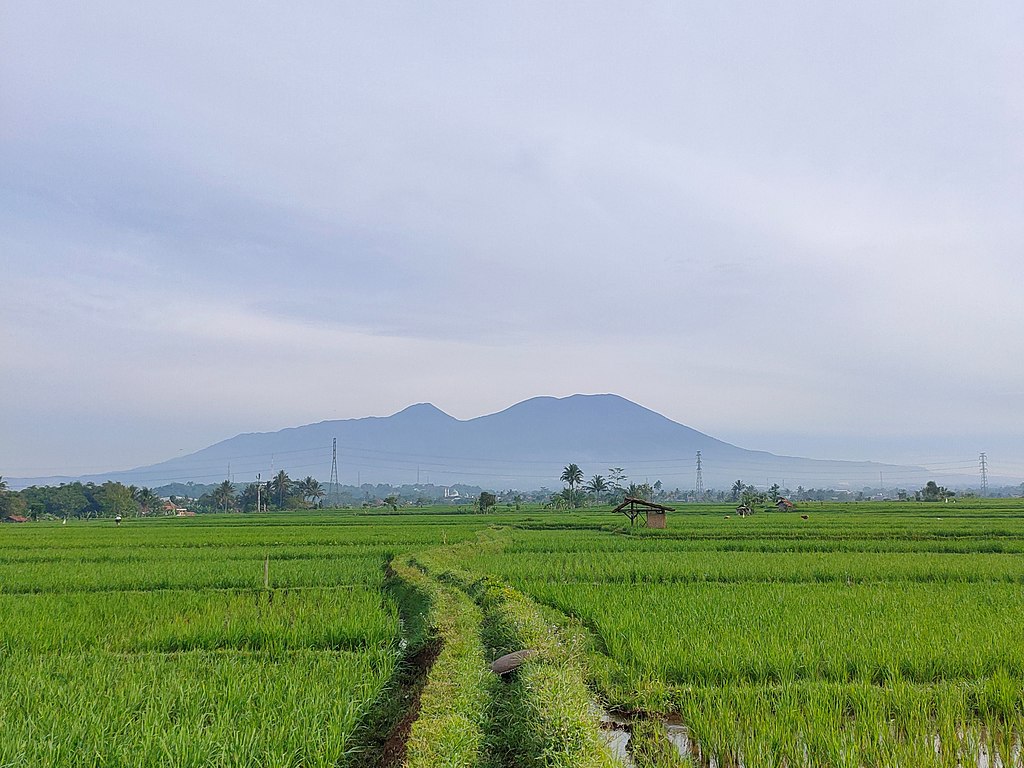
The research team from the Centre of Geothermal Research at the Faculty of Engineering at UGM consisted of Dr. Pri Utami, a geothermal geology expert, Dr. Ronny Martien, a nano biotechnology expert, Dr. Wiratni, a bioprocess engineering expert, and Dr. Ngadisih, a soil and water conservation expert. A researcher from PT Geo Dipa Energi, Herdian, S.T., was also part of the project.
Silica is a natural byproduct of geothermal power generation, such as the operations of PT Geo Dipa Energi at the 60-MW Dieng geothermal power plant in Central Java. Upon research, it was found that silica deposits and their accompanying elements are beneficial for plants by enhancing growth and resistance to pests. “Our team processes silica and other beneficial elements with nano-particulate technology into an eco-friendly liquid booster ready for application in Dieng plantations,” elaborated head researcher Pri Utami.
This booster is named “Sulasih-Sulanjana,” after the gods and goddesses of fertility and plant protection. According to the Pri Utami, the name selection is rooted in local wisdom conveyed in the song accompanying the “Lengger” dance, reflecting efforts to manage resources while preserving nature.
The first harvest
After trial applications in agricultural land in Dieng, the first harvest of potato plants was conducted in one of the partner farmers’ fields in Krajan hamlet, Karangtengah village, Batur district, Banjarnegara, Central Java. The event coincided with the 22nd anniversary of PT Geo Dipa on the 5th of July 2024.
The potato harvest was led by the Dean of the Faculty of Engineering UGM, Prof. Dr. Selo, along with the Director of PT Geo Dipa Energi (Persero), Yudistian Yunis, Batur sub-district head Aji Piluroso, village heads, partner farmers from across Batur district, and community leaders. The first harvest event was rich in local cultural nuances, featuring the Lengger dance accompanied by songs filled with advice about synergy between various interests to achieve prosperity and harmony with nature.
During the first harvest event, there was also education on the synergy between geothermal energy development and efforts to advance the sustainable agricultural sector through the Wayang Cinema “Sulasih-Sulanjana,” directed by Dr. Citra Aryandari, a member of the Center for Geothermal Research FT UGM from the Indonesian Institute of the Arts in Yogyakarta.
Innovation using geothermal waste
Prof. Selo, and Yudistian Yunis expressed their appreciation for the innovation by the research team, noting that the creation of natural fertilizers and boosters from geothermal “waste” is a breakthrough in environmental preservation.
The Dieng highlands in Central Java are famous as a tourist destination, a vegetable producer, and an area with rich potential for geothermal power generation. As a renewable energy source unique to Indonesia, this liquid booster from geothermal energy by-products could become a flagship product that exemplifies the synergy between energy sector companies and academia focused on sustainable agricultural development.
Ngadisih, another researcher, stated that the silica-based booster is expected to significantly reduce the use of fertilizer, which produces a foul odor and damages soil microbiology, and decrease dependence on chemical fertilizers and pesticides. “In the future, the Sulasih-Sulanjana booster will be applied to various horticultural crops in the Dieng highlands,” she said.
